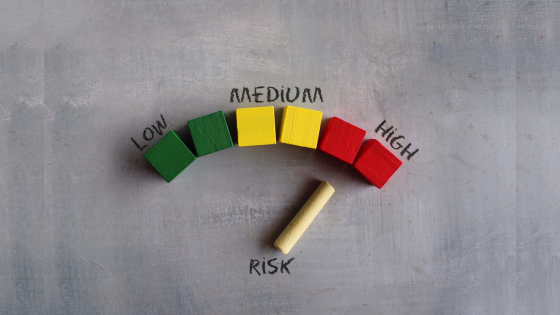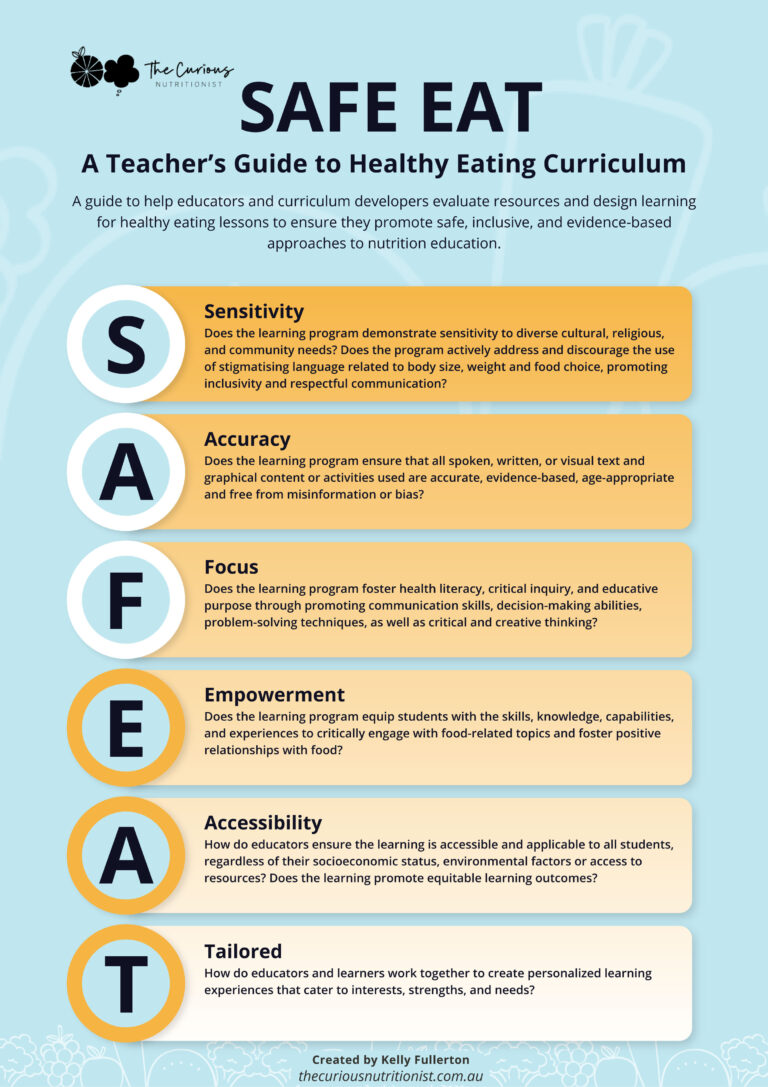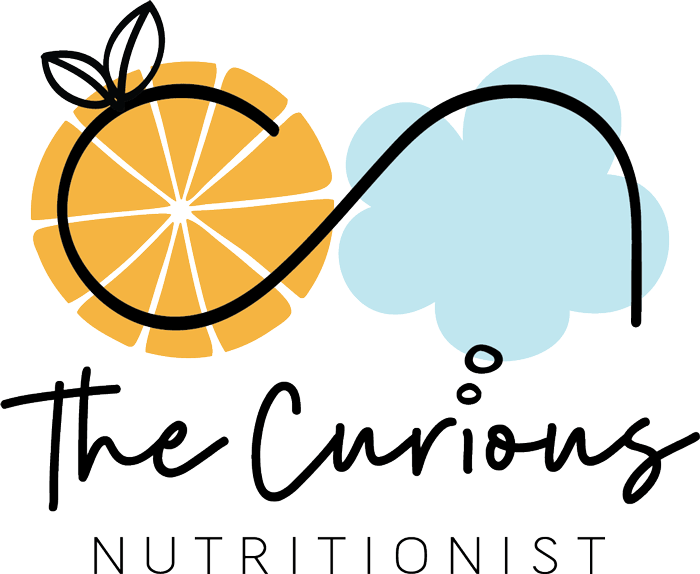In a world dominated by social media and relentless health propaganda, we have reached a pinnacle of idealistic, well-intentioned, and potentially harmful food messaging in schools. As educators, it’s essential we consider not just the content but the safety of our healthy eating lessons.
Is one-size-fits-all messaging fit for purpose?
Healthy eating lessons frequently deliver a one-size-fits-all message, with uniform health ideals, morals and values. This approach overlooks the unique cognitive development, food skills, and food security issues that each child faces. We all eat, therefore we consider ourselves experts. Yet, we are only experts of our own bodies. We often don’t trust that the students in our care can be experts of their own bodies. Most children have the ability to tune into their bodies and eat intuitively. Our role is to guide them without imposing our personal values and nutrition ideals.
Healthy plates, food group serving sizes, and food swaps often dominate lessons, promoting simplistic solutions like eating less discretionary foods and more vegetables. This approach can alienate students who cannot meet these expectations due to their individual circumstances. It emphasises an early focus on nutrition and individual diets, placing undue responsibility on children to “feed themselves well” without considering their developmental readiness.
For too long, there has been a top-down approach to teaching food and nutrition. Resources often provide oversimplified messages like “eat less” or “eat more,” failing to acknowledge the complexities of individual dietary needs. This reductionist view can lead to misunderstandings and unhealthy behaviours in the long term.
What are the well intentioned yet harmful educational practices?
Activities such as food diaries and lunch box data collation are used with the expectation that behaviour will change if students just understand “what” to eat. However, these practices can backfire, reinforcing negative self-perceptions and eating behaviours. Similarly, teaching moderation and balance through coded language like “everyday” and “sometimes” foods can be confusing and counterproductive. Fear and misunderstanding of food and its role and function can lead to disordered and problematic eating.
Lessons that associate the consequences of eating “bad” foods with bad health and weight gain focus on extra fat deposits rather than recognizing natural body growth. This perpetuates the harmful notion that food intake directly correlates with body type, disregarding genetic and developmental factors. Mathematical activities calculating calories and BMI can exacerbate weight stigma, reducing food to mere fuel and neglecting its cultural and social significance.
Nutrition label investigations often ignore the food industry’s influence and their manipulative serving sizes and averages. By teaching this content without critical analysis, we risk perpetuating misleading information that doesn’t account for real-world complexities.
The Australian Curriculum still includes the concept of ‘real’ versus ‘processed’ foods, which does not effectively support healthy eating. These dichotomous rigid frameworks create unnecessary food rules and overlook the importance of critically evaluating the role that all foods can play in a healthy diet. A more nuanced and neutral understanding of food is needed to better educate students.
Is there a need for risk assessment?
We meticulously conduct risk assessments for excursions and camps, ensuring every activity is safe for our students. However, this level of scrutiny often doesn’t extend to the health content we teach. It’s crucial to recognize that teaching food and nutrition without considering potential risks can have unintended negative consequences.
We have a duty of care to provide safe and positive health messages. This means avoiding the projection of our personal values and ideals onto students. By fostering an inclusive, supportive environment and providing tailored, evidence-based education, we can help students develop a healthy relationship with food that respects their individuality.
Introducing the SAFE EAT Tool
As educators, it is our responsibility to critically evaluate the safety and impact of our healthy eating lessons. One effective way to do this is by using the Safe Eat Tool. The Safe Eat Tool is designed to help teachers create and implement healthy eating lessons that are safe, inclusive, and evidence-based.
By adopting a nuanced, empathetic approach with the help of the Safe Eat Tool, we can support our students in cultivating lifelong healthy habits without causing harm. Let’s ensure our healthy eating lessons are as safe and effective as possible, benefiting all students in our care.



